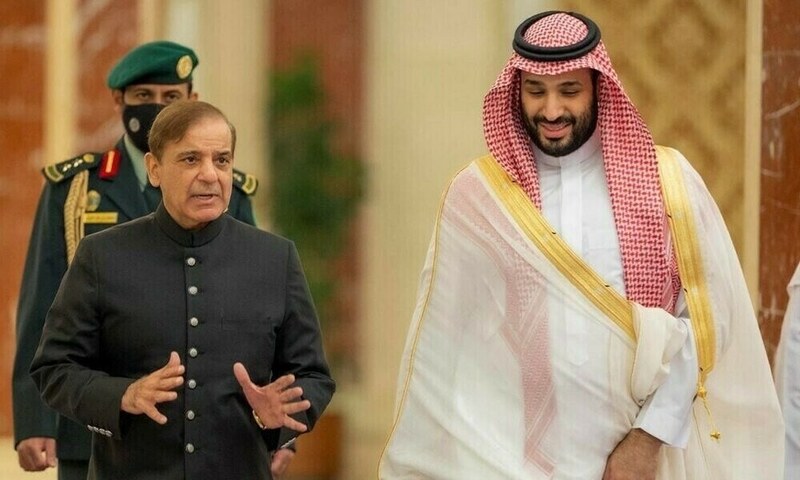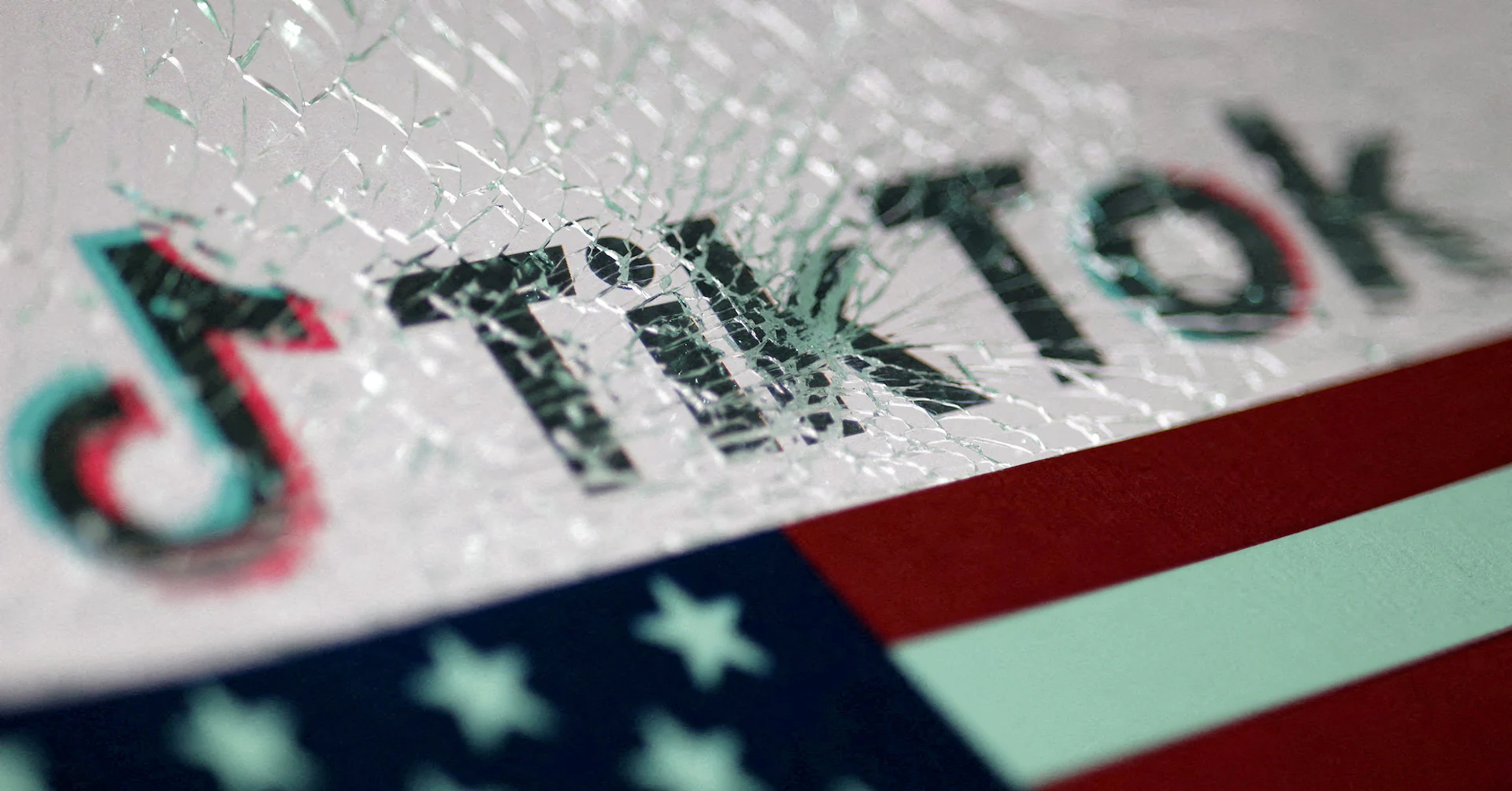By Ehsan Malik
Copyright dawn

THE global trade environment is uncertain, particularly following President Donald Trump’s protectionist measures. The global shifts have sharpened the discussion in Pakistan over the future direction of its trade policy, especially regarding tariff rationalisation. Central to this debate is a critical question: should Pakistan embrace a liberal trade regime, exposing its industries to increased international competition, or continue to shield certain domestic sectors, even if they are a legacy of the ‘licence raj?’
Advocates of trade liberalisation emphasise the significant advantages of opening the economy and integrating Pakistan deeper with global markets. They contend that liberalisation drives domestic industries to become more efficient by promoting competition. In such an environment, businesses are incentivised to innovate, streamline operations, enhance product quality, upgrade production facilities and reduce their carbon footprint. Integration into global networks is also seen as essential for boosting exports, as access to larger markets facilitates the acquisition of new knowledge and technology. Additionally, trade li–b–eralisation often leads to lower prices and imp-roved quality for consumers in Pakistan. Policy-makers are thus challenged to balance the need to protect jobs in sheltered industries with the br—o—-ader economic and societal benefits of open trade.
On the other hand, critics of liberal trade policies and supporters of retaining tariffs voice concerns about the negative consequences of liberalisation. They warn that lowering tariffs could subject domestic industries to fierce competition from foreign producers, accelerating deindustrialisation, particularly for those that failed to modernise or innovate. Opponents also caution that liberalisation may lead to a surge in imports, which could destabilise the trade balance and threaten Pakistan’s already fragile economic stability. They quote historical patterns, especially from 1996 to 2022, when imports surged 16-fold after significant tariff reductions and a free trade agreement with China.
An oft-neglected aspect of this debate is the principle of comparative advantage. Ideally, cou-ntries should concentrate on sectors in which they possess a clear advantage and import goods produced more efficiently elsewhere. For Pakistan, comparative advantage is most apparent in sectors that effectively utilise its land, water and human resources, such as in value-added agriculture, mineral development, tourism and in globally dema-nded services like IT, medical tourism and professional services. Conversely, industries like autos, polyester and chemicals, lacking upstr-eam sources for essential inputs like steel and petrochemicals, don’t offer an advantage — yet, these sectors have historically received the most protection.
A neglected aspect of the debate is the principle of comparative advantage.
The success of a country’s industrial sector dep-ends greatly on its policy framework and human capital development. Pakistan’s insufficient inves-tment in education and health has resulted in a rapidly growing population with low productivity. Additionally, domestic industries face energy costs roughly 40 per cent higher than neighbouring countries, inefficient logistics, burdensome tax rates, in the absence of development finance institutions, restricted access to long-term capital and a regulatory environment rooted in colonial practices that deter investment. These challenges, along with sub-optimal trade agreements and a weak anti-dumping regime, have contributed to deindustrialisation. Consequently, tariff protection is often sought to counter these obstacles. In response, the IMF and government propose a gra-dual reduction in tariffs, aligned with promised improvements in the business environment. How-ever, what would be counterproductive is the forth-coming industrial policy if it focuses on preserving industries without a comparative advantage.
Pakistan’s export growth is impeded by the struggles of medium-sized enterprises, which face disadvantages due to their size and the inability to import inputs duty-free. As a result, these businesses must purchase more expensive and often lower-quality inputs from protected domestic industries. Consequently, larger firms dominate exports but frequently lack the incentive to innovate, explore new markets, or diversify their range. Medium-sized exporters also contend with a tax regime of overlapping minimum and advance taxes on turnover in addition to normal profit taxes, draining their cash flow and limiting growth capital. Collectively, these factors hinder the expansion of the industrial sector.
Pakistan’s trade agreements have overlooked the importance of comparative advantage. The agreement with China is a notable example: China has a comparative advantage in nearly all goods that Pakistan exports. Historically, Pakistan exported raw cotton to China, which was converted into value-added apparel that outcompeted Pakistani textiles in global markets. Similarly, Pakistan also exports cotton, yarn and fabric to Bangladesh, which has a comparative advantage in value addition. Preferential tariff access is also not a substitute for comparative advantage. Over the decade since gaining duty-free access to the EU under the GSP-Plus programme, Pakistan’s market share has remained stagnant, while China and Vietnam — despite facing tariffs — have outperformed Pakistan thr-ou-gh superior cost, quality, range and supply reliability. Shying away from the challenge of competing globally, some large export-based groups have turned to the domestic market, inves-ting in shopping malls and guaranteed return sectors.
High imports are not necessarily bad. Vietnam illustrates how imports can be harnessed to drive exports. In 2023, Vietnam imported goods worth $325 billion and converted them into $353bn of exports, generating jobs and broader social and economic benefits. Vietnam’s strength lies in its skilled and disciplined workforce. Similarly, Sin-g-a—-pore’s open economy and highly productive talent base confer strong comparative advantage, while Bangladesh capitalises on its female workforce. In contrast, Pakistan struggles with weak human capital.
The debate between liberal trade policies and protectionism cannot be fully addressed without considering comparative advantage. To achieve sustainable export growth and industrial development, efforts must focus on sectors where the country can leverage its natural resources and build human capital. It should also be prepared to shed those that have no potential for comparative advantage. Import tariffs can be useful for a limited time to nurture emerging sectors to help bu–ild scale. They can also be directed to provide food security, fulfil strategic needs and effecti-v-ely utilise domestic inputs. By harnessing compa-rative advantage, rather than protection, Pakis–tan can realise sustainable economic growth.
The writer is the former CEO of the Pakistan Business Council.
Published in Dawn, September 22nd, 2025



